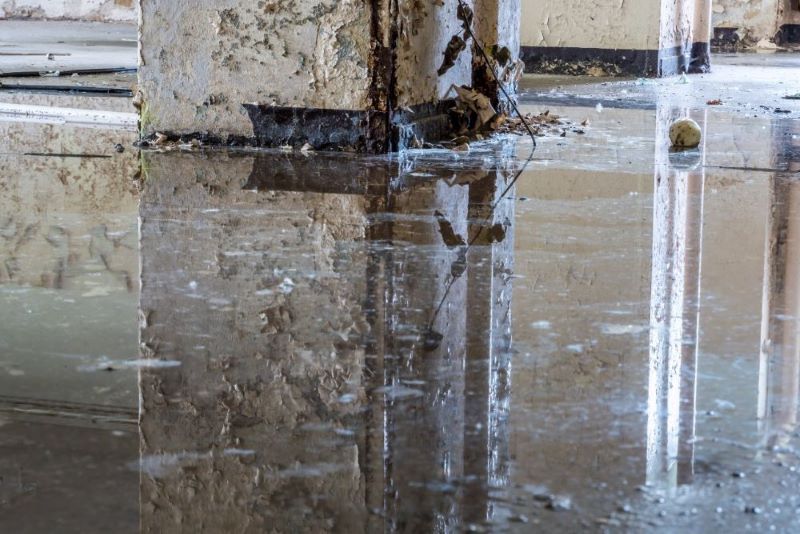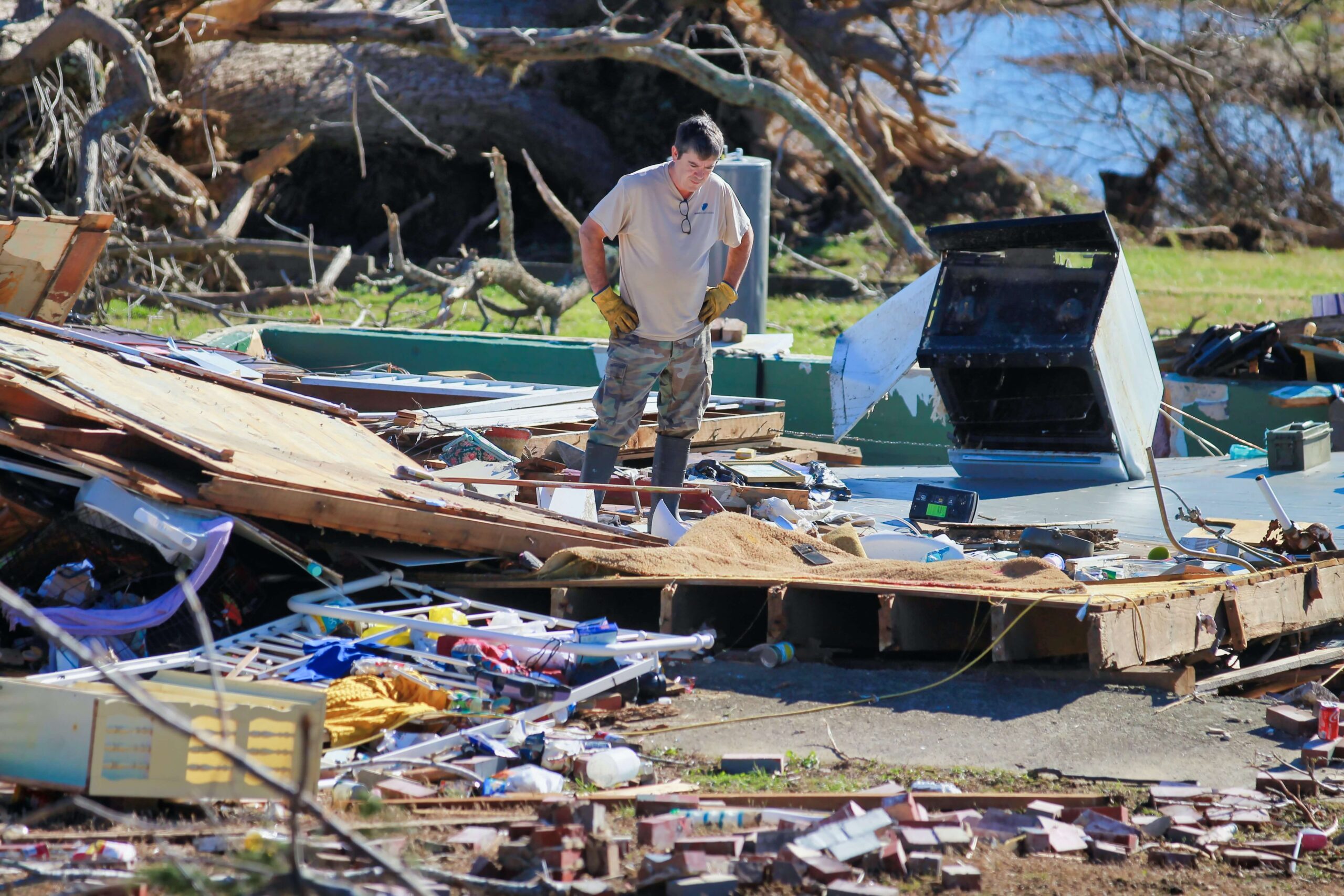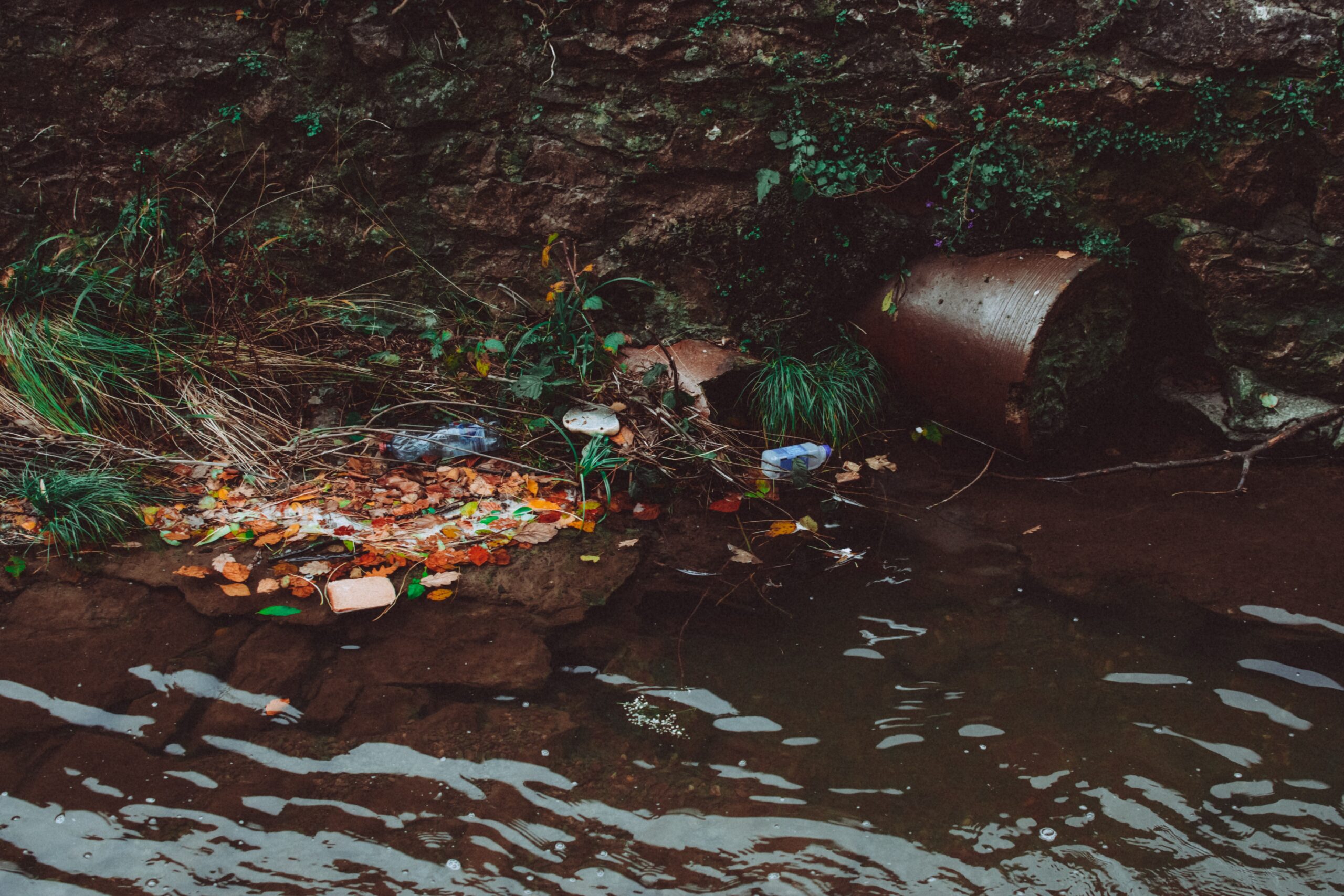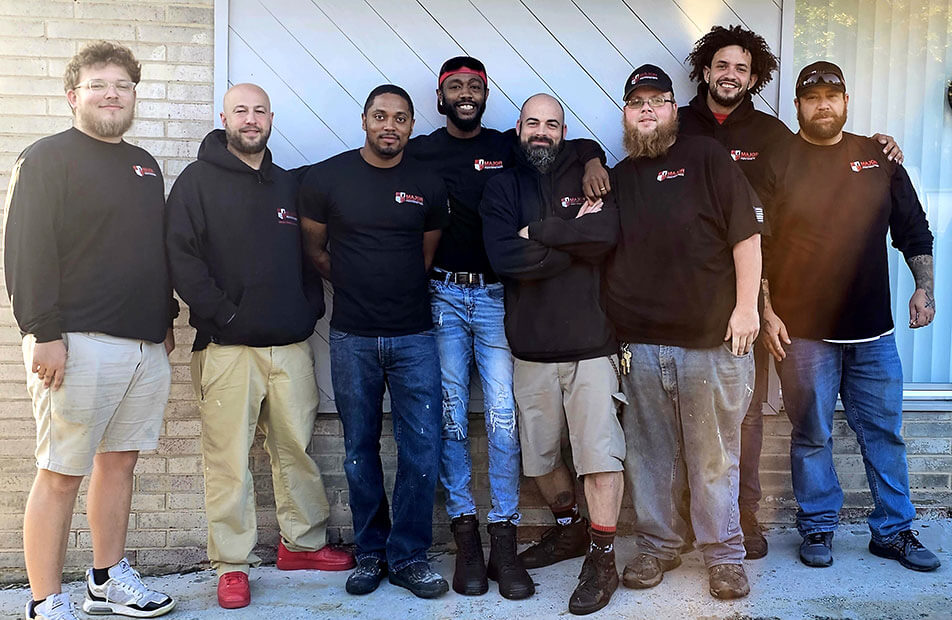Your property may experience unexpected water damage. While you’re away on vacation, a leaking pipe could explode and flood your basement. Due to poor maintenance, your dishwasher may suddenly burst and pour water on your hardwood kitchen floor. Your property’s structure may sustain water damage from a spring storm that pushes through a leaky roof. There are numerous instances in which water restoration might be necessary.
However, What Does Water Restoration Mean? You must understand all that is involved in water restoration so that you can see what the water restoration professionals do and what you can expect from them when they visit your property.
Water Restoration

Unfortunately, after a disaster, water restoration involves much more than just drying out and cleaning your property or place of business. Complete water removal is not achieved by simple surface drying, and it is frequently ineffective in removing the harm posed by bacteria and viruses. Even drywall and other porous materials that seem dry on the outside can nonetheless retain water. Examples of these materials include carpet and furniture. Bad odours and possible health problems may arise if the area is not adequately dried and treated by a water restoration professional.
Repairing and restoring a property that has been impacted by water to get it back to how it was before the flood occurrence is known as water damage restoration.
Typically, the water restoration process includes:
- Removing drywall that has been flooded and other damaged structural components
- Removing and discarding the floor covering
- Changing or restoring the subfloor
- Replacing or repairing doors and windows
- Repairing a broken roof
- Eliminating and encapsulating mould growth
- Checking for moisture to make sure the building and all of its components are dry
Restoring the property to its pre-loss state is the primary goal of water damage restoration. The water restoration procedure cannot begin until the water mitigation step is finished because repairs cannot be completed until all issues related to water damage have been fully resolved.
Types of Water Damage Restoration

Sources of external water include groundwater, leaking gutters, and increasing water levels. On the other hand, water may originate from within due to burst pipes, a clogged toilet, a malfunctioning water heater, or overflowing bathtubs or showers. Three sorts of water determine the extent of the damage restoration services, as well as their typical costs.
Clear Water
Pure, generally drinkable water that is usually found in broken water delivery pipes
Gray Water
Bad water, frequently from appliances that have been used before, like washing machines, dishwashers, baths, and sump pumps
Black Water
Sewage or toilet-related contaminated water
Causes of Water Damage

Natural as well as human-made causes can result in water damage. These include things like appliance leaks, busted pipes, and floods. Not only can random incidents result in water damage, but they can also cause a toilet to overflow because of improper flushing techniques.
Natural Causes
The most common source of these is weather-related; catastrophes like hurricanes, tornadoes, or heavy rains that can cause moisture to seep into the foundation of your property.
Man-made Causes
These arise from many home appliances:
- Burst pipes
- Dishwashers
- Faulty plumbing installations
- Toilet overflows
- Washing machines
When Should You Hire a Professional?

With the correct equipment (a large wet/dry vacuum, large fans, and a submersible pump), you might be able to remove some or all of the water manually if only a small area has been affected. Starting with basic water removal yourself is usually a smart idea, even if you want to hire a professional. Any larger leak should typically be handled by a professional due to the scope and necessity of the work.
Water damage in a property can be repaired by a homeowner with renovation or restoration knowledge. Certain home remodelling jobs, like changing flooring or drywall, are basic but labour-intensive. However, the water damage may be so severe that professional help is required. Before sealing up the structural components once more, it’s also essential to make sure they’re all fully dry.
Ways to Avoid Water Damage
One unfortunate thing that can happen anywhere at any moment is water damage. Although taking precautions is essential, it’s also critical to recognize the warning indicators of water damage so that you can take action before the damage happens.
To help you ease up, consider these five preventive tips.
Get Annual Servicing for Your Appliances to Keep Them in Good Working Order.
It is more common for older appliances to break down and leak, which can lead to avoidable damage.
Keep All Rubbish Out of Your Gutters
When leaves and other natural debris build-up, they can obstruct the rainwater’s ability to properly drain off your property. This can cause a large volume of water to seep into a weak spot in your roof, which can cause a leak!
Check The Basement for Leaky Pipes, Cement Joint Leaks, And Foundation Fractures
These are but a few warning indicators that action should be taken to stop the damage before it starts.
Look For Peeling Siding or Cracked Paint on The Outside Surfaces
These frequent damages may be brought on by moisture accumulation behind external walls that are degrading; if this is not addressed right away, it may result in water damage.
If You Are Installing New Toilets, Make Sure the Toilet Tanks Are Sealed with The Plumber’s Tape
If the flapper valve is not sealed, water will eventually start to seep through it and into the bowl, creating unhygienic conditions that may cause avoidable harm.
Summary
What does water restoration mean? It means restoring your property after an emergency involving water damage requires a timely process. The extent of the water damage and the time needed to meet the drying standard must be taken into consideration when estimating the cleaning and drying time for your property and belongings. It might only take two days to finish the water restoration procedure, or it could take up to seven days.
If the water damage is severe, make contact right away with the local water restoration professionals in your area.


